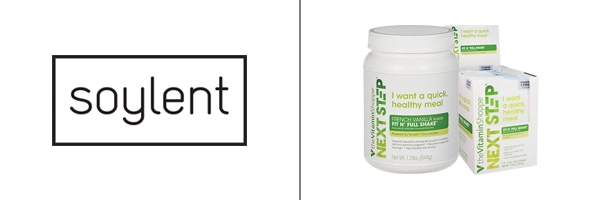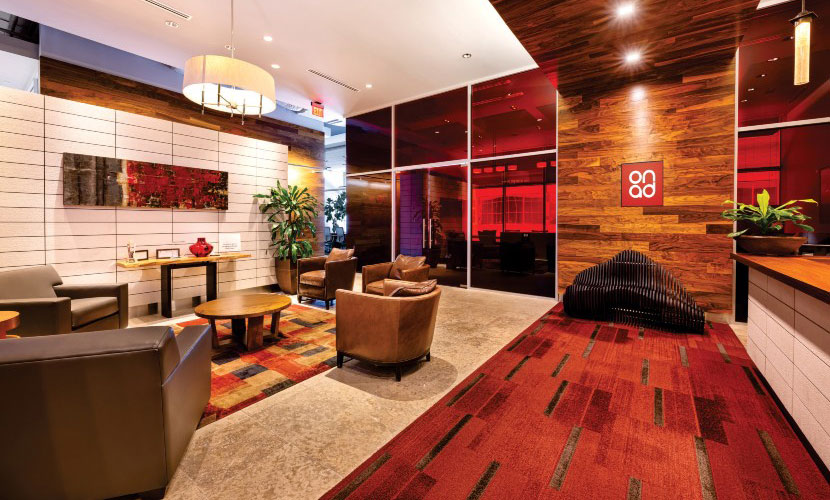
Signs It’s Time to Rebrand Your Business
Rebranding your business comes with the territory of owning and managing a successful brand. Even corporations that have endured decades in a highly competitive market need to remain open to pivoting and adjusting their brand along the way.
Knowing just when to implement consumer-facing changes is key. In order to gauge the best time to rebrand your business, there are some common signs to look out for.
Should You Rebrand Your Business?
Read over the following signs to determine if rebranding is in your best interest.
Your Brand Appears Oudated and Out of Touch with the Times
This might be the most common and obvious sign that your brand needs a major refresher. Perhaps your visual brand standards are associated with old trends and appear dated to your target audience. If your products or services are intended for a particular age demographic, you need to stay current with what your targeted age bracket resonates with the most.
Should you lose touch with the values and expectations of your ideal target audience, you’ll see a drop in engagement, sales and overall effectiveness. Rebranding could mean visually updating your logo, website, social media presence, slogan, etc. It might also entail making brand improvements in customer communication and sales process preferences.
Either way, you want your brand to be easily recognizable, accessible and relatable to your target demographic. Taking them through the sales funnel and customer journey isn’t difficult when you’re staying in tune with the current trends and preferences of consumers.
You Have an Unclear Target Demographic
Yes, back to target demographics. This one is big. You might need to rebrand your business by first tightening up exactly who your customers are and identifying their needs, goals, pain points, triggers, communication styles, etc.
If you don’t have these key aspects defined, it’s likely that your brand is casting too wide a net and not coming back with the desired results. Once you’ve clearly defined and identified your brand’s target audience, you’ll better understand how to successfully lead them through the buyer’s journey. It is going to require thought and research, but once you have those details worked out, you can begin rebranding your business in a more bullseye kind of way.
You’re Experiencing an Acquisition or Merger
Anytime a business is undergoing a change in leadership through an acquisition or merger, it’s a good time to consider rebranding the business. These top-level changes carry ripple effects throughout the organization and foundational questions will inevitably emerge.
Ask yourself:
- How does this (if at all) impact our target audience/demographic?
- Will this acquisition or merger eliminate, add or modify any of our existing products or services?
- Will this change impact a new geographical location, a new cultural aspect we need to consider?
- Does this change the brand’s name, logo, or other brand standards currently in place?
Getting clear on the answers to these questions is the first step towards reshaping and cultivating a more successful brand as these leadership changes take place.
Rebranding is all about revisiting the basics of your brand and business. What worked in the past is not guaranteed to work moving forward and remaining open-minded and flexible will help your business stand the test of time.
ON Advertising is One of Phoenix’s Top Advertising Agencies
ON Advertising consists of brand strategists working synergistically to develop and support successful market influence. Our full-scale consideration of each facet of marketing and advertising operates with clear goals and objectives laid out for each client and their unique needs.
Our team of thinkers, creatives, and observers blend their talents together to help develop a brand that works for you. Whether you are seeking additional advertising advice for your marketing strategy or any other retail project, we can make it happen!
Contact us today to learn more about our services and how we can help your business shine!









